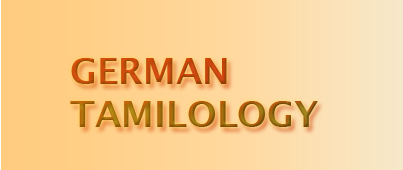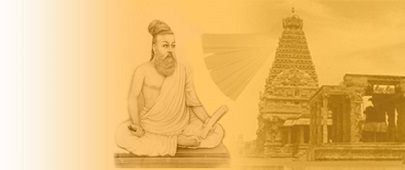This is an old wooden almirah, with several rare indigenous artefacts, sent by the German missionaries from Tamilnadu during 18th century to Halle / Germany, thanks to the Francke Foundations, for preserving them for a period of more than 200 years. A bunch of peacock feathers, six hand – made colour painted palm leaf fans, one pair of leather foot wear, a miniature palanquin etc. can be seen in it.
These can now be found in the “Wonder Chamber” of the Francke foundations Archives. My special thanks to the Director Dr. Thomas J. Müller-Bahlke for permitting me to visit this Wonder Chamber and the photographer Mr. Klaus E.Göltz for the life-like original clarity photos. [ cf. Thomas J. Müller-Bahke, Die Wunderkammer: Die Kunst- und Naturalienkammer der Franckeschen Stiftungen zu Halle (Salle), Halle (Saale), 1998, pp. 90 – 95 ] Further information about this wonder chamber can be had from my post-doctoral major research project, published by Stanford University. Access code: http://purl.stanford.edu/xh950zd4962 pp. 521 - 524



